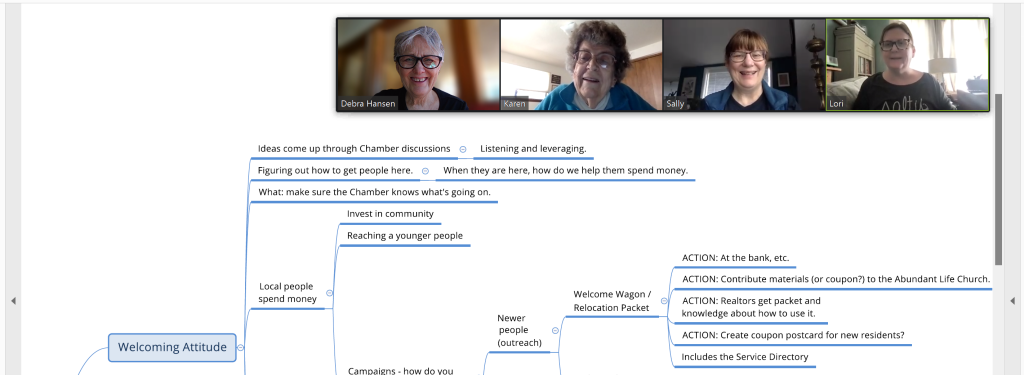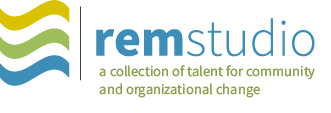
Learn about the Ripple Mapping process, and access downloadable materials, including a step-by-step guide, alternative facilitation approaches, data management guidance and ways to report your data.
REM Approaches
Using Ripple Effect Mapping to Evaluate Program Impact: Choosing or Combining the Methods That Work Best for You (Mary Emery, Lorie Higgins, Scott Chazdon & Debra Hansen, Journal of Extension, Vol. 53, No. 2, April 2015).
This article describes three approaches to using REM to document direct and indirect community development program impacts while providing an opportunity for reflection and inspiration to program participants.
This easy-to-follow brochure demonstrates how to use mind-mapping to draw the stories and ripple effects of a complex program and code it to measure outcomes.
This one-hour webinar provides insight into using Ripple Effects Mapping to evaluate community development program outcomes.

Related Background
This is a basic description of the Community Capitals Framework, which you use to can trace the impacts of investments in one or more of the capitals and then make strategic alliances by understanding links of organizations to different capitals. Successful communities pay attention to each of the seven capitals: social, cultural, human, political, natural, built, and financial. The Community Capitals Framework helps to conceptualize a community system in a way that leads to effective community and economic decision-making and sustainable development.
